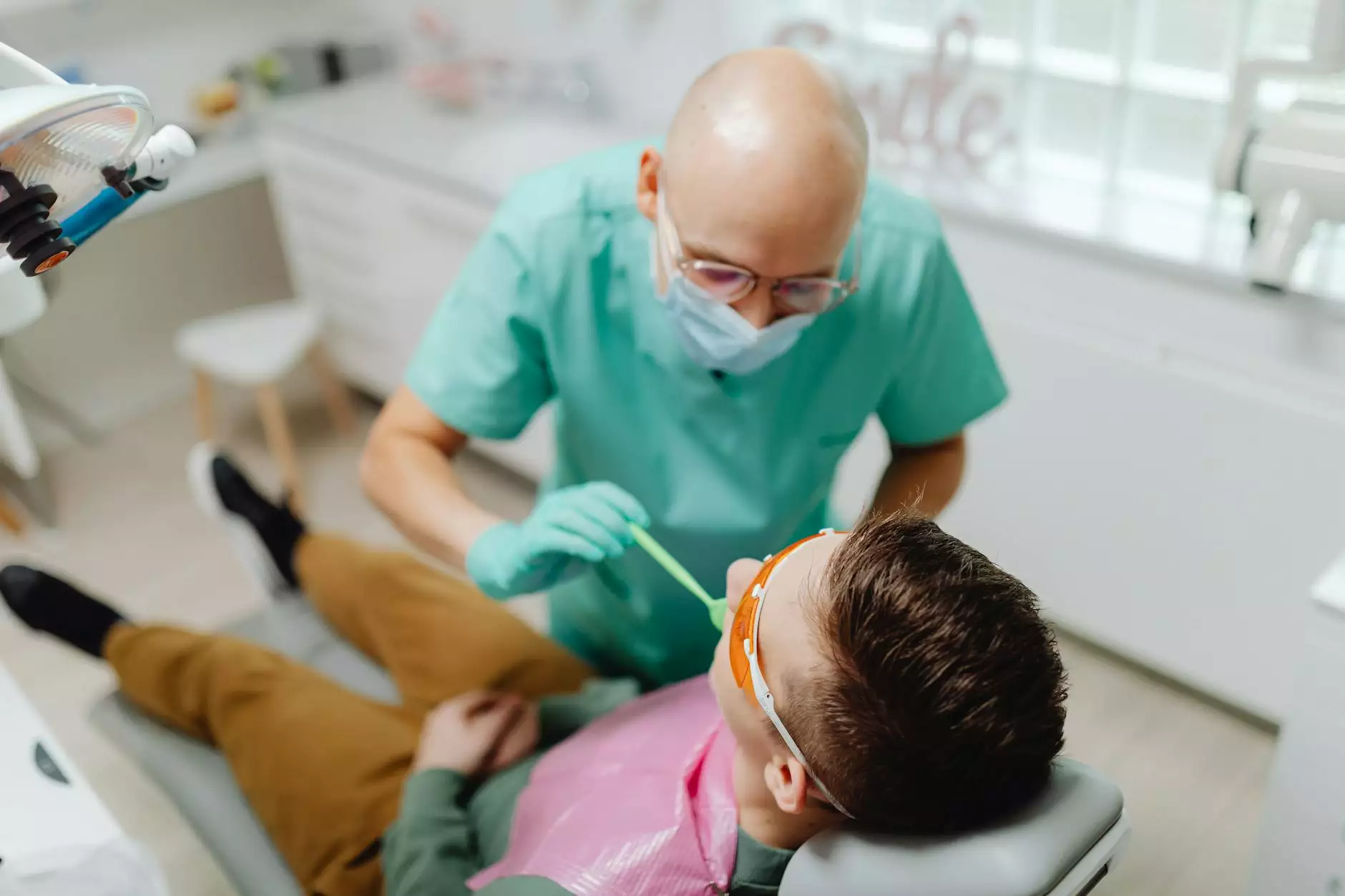Understanding Circulation Spots on Legs

Circulation spots on legs can be a perplexing and concerning issue for many individuals. These spots, often a sign of underlying circulatory problems, warrant a deeper understanding of their causes, implications, and treatment options. This article aims to provide comprehensive insights into these spots and how to address them effectively.
What Are Circulation Spots on Legs?
Circulation spots on the legs refer to visible marks or discolorations that can appear on the skin due to poor blood flow or vascular issues. These spots can manifest in various forms, including:
- Red or purple patches on the skin
- Petechiae – small red or purple dots caused by bleeding under the skin
- Varicose veins – enlarged, twisted veins that often lead to skin changes
Understanding these symptoms is essential as they can sometimes signify more serious health conditions involving the vascular system.
Possible Causes of Circulation Spots on Legs
The appearance of circulation spots can be attributed to a variety of factors, including:
1. Poor Circulation
Poor circulation can be due to a range of conditions, including obesity, diabetes, and cardiovascular diseases. When blood flow is restricted, it can lead to discoloration and the appearance of spots.
2. Vascular Diseases
Conditions like Peripheral Artery Disease (PAD) and chronic venous insufficiency can also cause circulation spots. In these instances, the veins are unable to efficiently return blood to the heart, leading to symptoms such as swelling and discoloration.
3. Blood Clots
Blood clots can obstruct normal blood flow, resulting in skin changes. It's crucial to recognize the signs of deep vein thrombosis (DVT), which includes swelling and discoloration in the affected leg.
4. Skin Conditions
Some skin conditions, such as eczema or psoriasis, can also cause changes in skin color or texture, which may resemble spots. These conditions can be exacerbated by circulatory issues.
5. Hormonal Changes
Hormonal fluctuations, particularly during pregnancy or menopause, can affect circulation and lead to the formation of spots due to increased pressure in the blood vessels.
Identifying Symptoms Associated with Circulation Spots
Recognizing the symptoms associated with circulation spots is vital for prompt treatment. Some common symptoms include:
- Discoloration – skin may appear blue, red, or purple
- Swelling – noticeable swelling in the legs or ankles
- Pain or discomfort – pain or heaviness in the legs
- Itching or irritation – a sensation of itchiness or discomfort in the affected area
If you experience any of these symptoms, it is advisable to consult a healthcare professional for a thorough evaluation.
Diagnosis of Circulation Spots on Legs
To diagnose the cause of circulation spots on legs, a healthcare provider will typically start with a comprehensive assessment that may include:
1. Physical Examination
Your doctor will conduct a physical examination to look for visible signs of circulation problems, such as swelling, warmth, and skin changes.
2. Medical History Review
A review of your medical history, including any relevant health conditions, lifestyle factors, and family history of vascular issues, will help identify potential underlying causes.
3. Imaging Tests
Your provider may order imaging tests, such as ultrasound or CT scans, to visualize blood flow and check for blockages or clots.
4. Blood Tests
Blood tests can help assess factors such as clotting ability and the levels of certain substances in the blood that may affect circulation.
Treatment Options for Circulation Spots on Legs
Treatment for circulation spots on legs will depend on the underlying cause. Some common treatment approaches include:
1. Lifestyle Changes
Making lifestyle modifications is crucial for improving circulation. Recommendations include:
- Regular Exercise: Engaging in regular physical activity can enhance blood circulation.
- Healthy Diet: A diet rich in fruits, vegetables, whole grains, and lean proteins can improve vascular health.
- Weight Management: Maintaining a healthy weight can reduce pressure on veins.
2. Medical Treatment
In some cases, medications may be necessary to address circulatory issues. Common medications include:
- Anticoagulants: Used to prevent blood clots.
- Vasodilators: Medications that help widen blood vessels and improve blood flow.
3. Minimally Invasive Procedures
For more severe cases, minimally invasive vascular procedures might be suggested, such as:
- Endovenous Laser Therapy (EVLT): A procedure used to treat varicose veins.
- Superficial Venous Ablation: Targeting and closing off varicose veins.
Preventing Circulation Spots on Legs
Prevention is key when it comes to avoiding circulation spots. Here are some effective prevention strategies:
- Stay Active: Regular physical activity boosts circulation.
- Avoid Prolonged Sitting or Standing: Change positions frequently to encourage blood flow.
- Wear Compression Stockings: These can help improve blood circulation in the legs.
When to See a Doctor
If you notice circulation spots on your legs, it is important to consult a healthcare professional, especially if you experience any of the following:
- Severe pain or swelling
- Warmth in the affected area
- Skin ulcers or sores that do not heal
- Recurring spots or discoloration
Early diagnosis and treatment can prevent complications and promote better overall vascular health.
Conclusion
Circulation spots on legs should never be ignored, as they may indicate underlying vascular issues. By understanding their causes, recognizing the symptoms, and seeking timely medical advice, individuals can effectively manage their health. Implementing lifestyle changes and preventive measures can greatly improve circulation and reduce the risk of developing these spots in the future. If you are concerned about your vascular health, reach out to professionals at Truffles Vein Specialists for guidance and support.









